LSR (Liquid Silicone Rubber) Injection Moulding
LSR – liquid silicone rubber
Due to their universal material characteristics, products made of Liquid Silicone Rubber (LSR) offer versatile uses in various industries:
- Automotive Industry: protective sleeves for spark plug connectors, switch covers, rain sensors, membranes for central lockings, headlight gaskets,..
- Electrical Engineering: switchmats, anode caps, electric plugs,..
- Dental and Medical Technology: cardiac catheters, teats and soothers, contact lenses, ventilation masks,..
- House and Sanitary Engineering: sealing rings, shower heads,seal for mixer taps,..
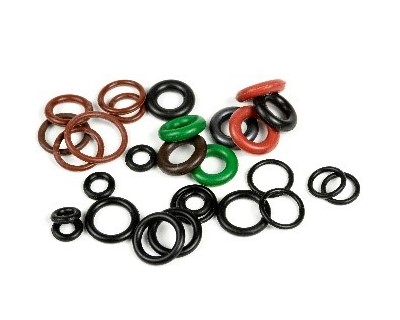
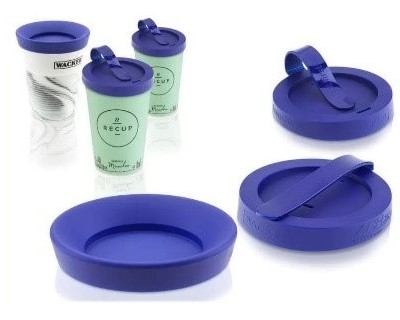
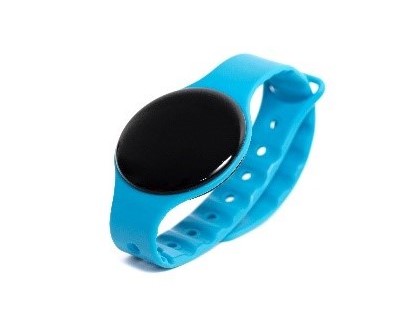

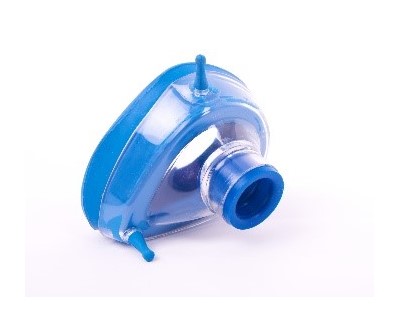
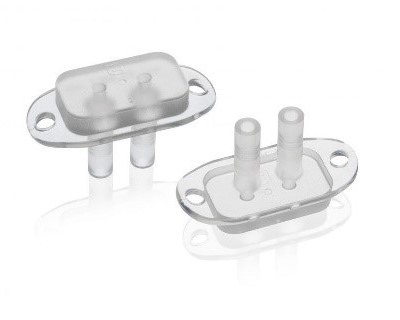
One important point in the production of injection molded parts from LSR is to make sure that injection molding machines used are designed especially for processing liquid silicones.
Typical elements of liquid Silicone rubber (LSR):
- Linear Siloxanes: ca.70%
- Filler materials: ca.30%
- Additives: ca.1%
LSR Injection Moulding Methods
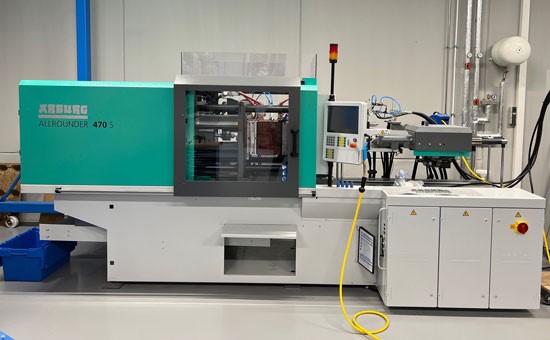
The low viscosity and high-temperature vulcanising two-component silicone is provided ready for use by the material supplier in package units A and B with 20 or 200 litres. Both addition curing components are supplied to a mix block under pressure by a multi-component dosing and mixing unit. Here, both materials previously processed seperately get mixed at a ratio of 1:1. For the colour design or for the modification of certain material or product characteristics, colours and additives can be added with a share of 0,3 - ca.4%.

With the aid of a static mixer in the mixing unit the reactive material mixture is supplied to the LSR under pressure. To prevent a premature vulcanisation in the cylinder, the screw conveyor system gets tempered to about 20-25°. Depending on the screw diameter or pitch, a dynamic mix takes place in the cylinder. From here, the LSR is forwarded to the tool via a cold runner. The tool is heated to a temperature of 170° - 220°, so that the LSR integrates within seconds.
The low viscosity and the high injection pressure require the production of tools with very low tolerances, as excessive tolerances result in feathering and web formation. Due to the narrow tolerances, the tool seals very well under high pressure, which makes it necessary to evacuate befor injection. Air pockets would result in lighting points or surface and filling faults.
Because of the high purchasing price of more than 8EUR per kilogram, the objective is to to produce sprue-free with the aid of sewer technology. This yields cost savings as well as reduced cycle times, as the demoulding of the sprue is omitted. For the demoulding of the articles, which are often very soft and instable, either handling devices or extraction robots are used. The handling devices are equipped either with compressed air or brushing devices!! LSR Injection Moulding is suitable for high til very high quantities !!
